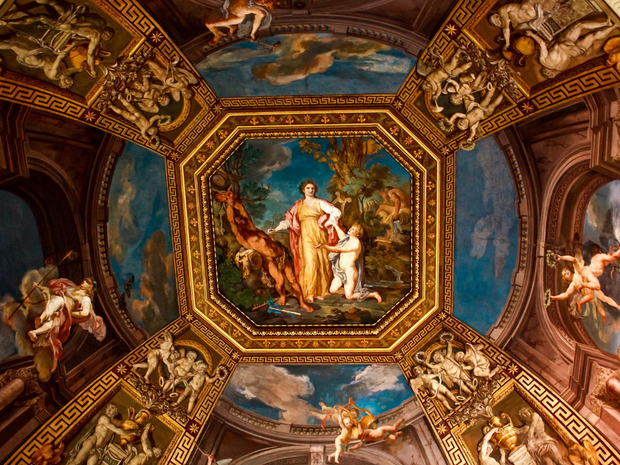Between the 14th and 17th century, an artistic, cultural, and architectural awakening swept across Europe: the Renaissance. Borrowed from the French word for "rebirth", this period was to become famous for its art, which includes some of the most iconic pieces humankind has ever produced.
The introduction of linear perspective indeed changed art greatly during the Renaissance, allowing a new aesthetic in paintings and frescoes of the period. But, in general, the era witnessed a revolution in realism, with artists and sculptors developing new techniques to make their works more lifelike than ever before.
Brainscape’s Knowledge Rehab flashcards provide a super efficient crash course in the most important Renaissance artists and concepts (not to mention cultural literacy flashcards for dozens of other topics), all of which are essential for any well-rounded education, particularly if you plan on visiting an art gallery or attending a pub quiz night.
But in this post we’re going to focus on four of the most famous Italian Renaissance artists you should know:
- Leonardo da Vinci (Leonardo di ser Piero da Vinci)
- Michelangelo (Michelangelo di Lodovico Buonarroti Simoni)
- Raphael (Raffaello Sanzio da Urbino)
- Donatello (Donato di Niccolò di Betto Bardi)
Yes, the Teenage Mutant Ninja Turtles were named after them.
[Hey, if you're really interested in bringing up your art knowledge to speed, perhaps before writing a major exam or travelling to Europe, check out Brainscape's collection of user-generated flashcards on art and art history.]
1. Leonardo da Vinci
Born April 15th, 1452, died May 2nd, 1519 (age 67)
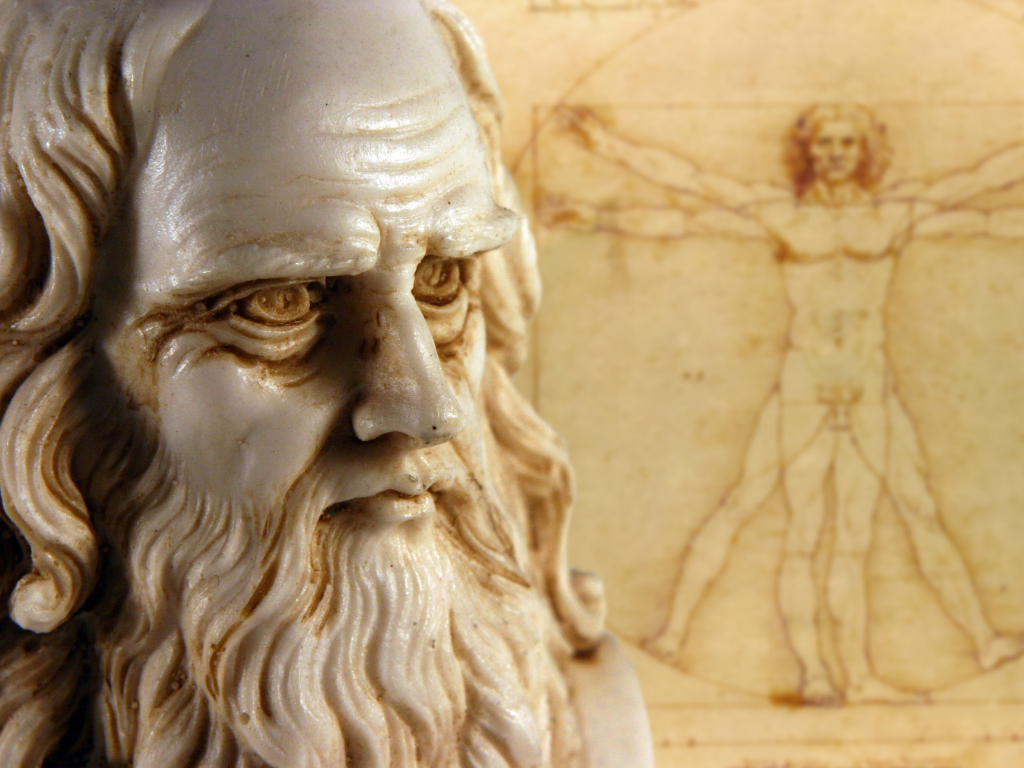
Leonardo da Vinci is probably the best-known Renaissance artist, famous for his masterworks The Mona Lisa and The Last Supper. The classic “Renaissance man,” da Vinci was not only an artist but also an inventor, scientist, architect, and engineer.
His innovative techniques included layering of paints, precise attention to light, shadow, and human form, and a detailed eye for expression and gesture—the last of which has led to endless speculation over the impassive face of the Mona Lisa.
2. Michelangelo
Born March 6th, 1475, died February 18th, 1564 (age 88)
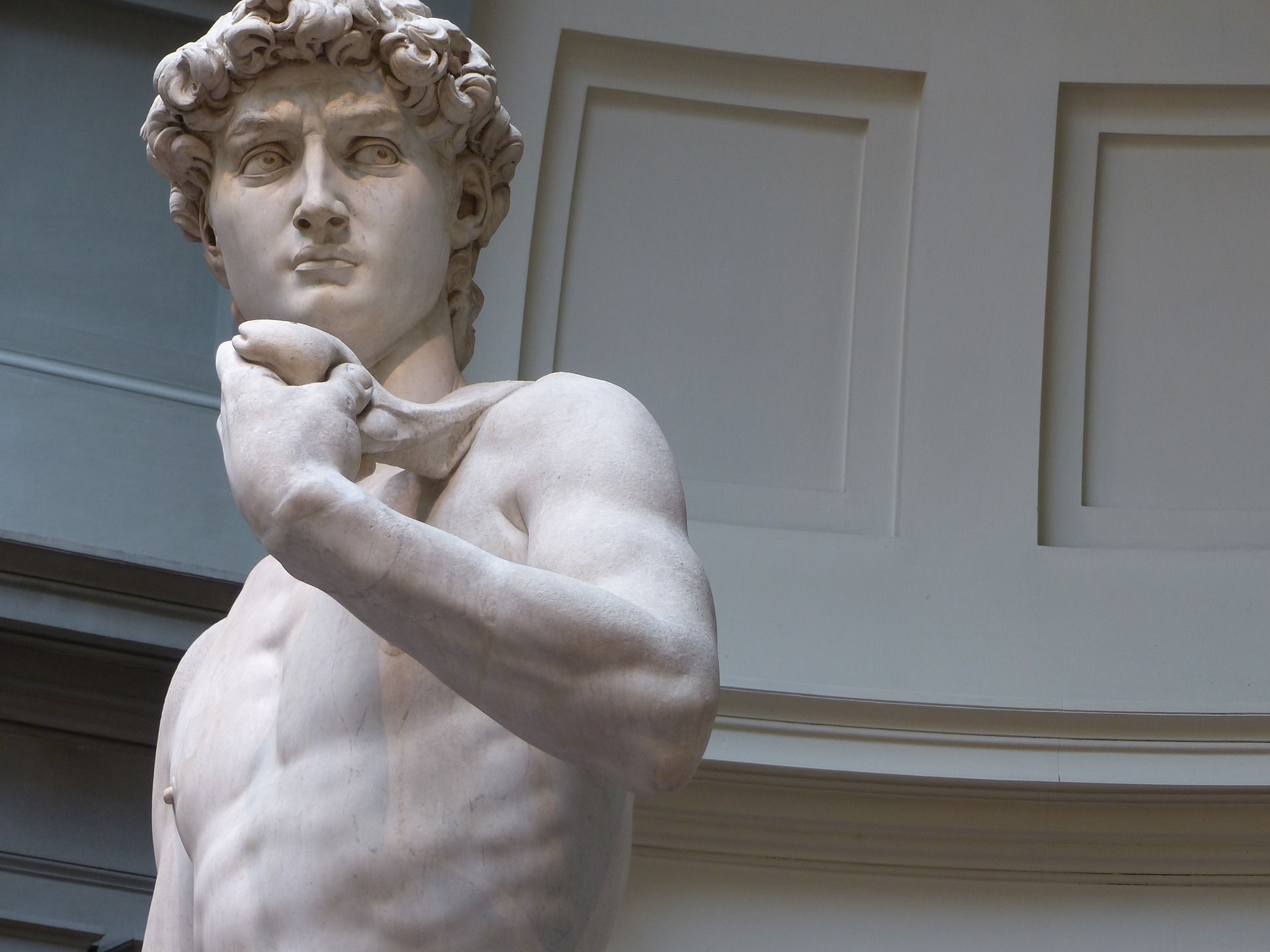
One of da Vinci’s contemporaries and perhaps his challenger for the title of greatest Renaissance artist was Michelangelo di Lodovico Buonarroti Simoni. Born 13 years after da Vinci, Michelangelo followed in his footsteps as a Renaissance man. He was an accomplished artist, poet, architect, and engineer.
Michelangelo's best-known work is probably the sculpture, David, which was completed in the opening years of the 16th century. The nearly 15-foot sculpture depicts the biblical figure of David in white marble from the quarry at Miseglia. Other famous works by Michelangelo include the statue Pietà and the ceiling of the Sistine Chapel in the Vatican.
3. Raphael
Born spring 1483, died April 6th, 1520 (age 37)
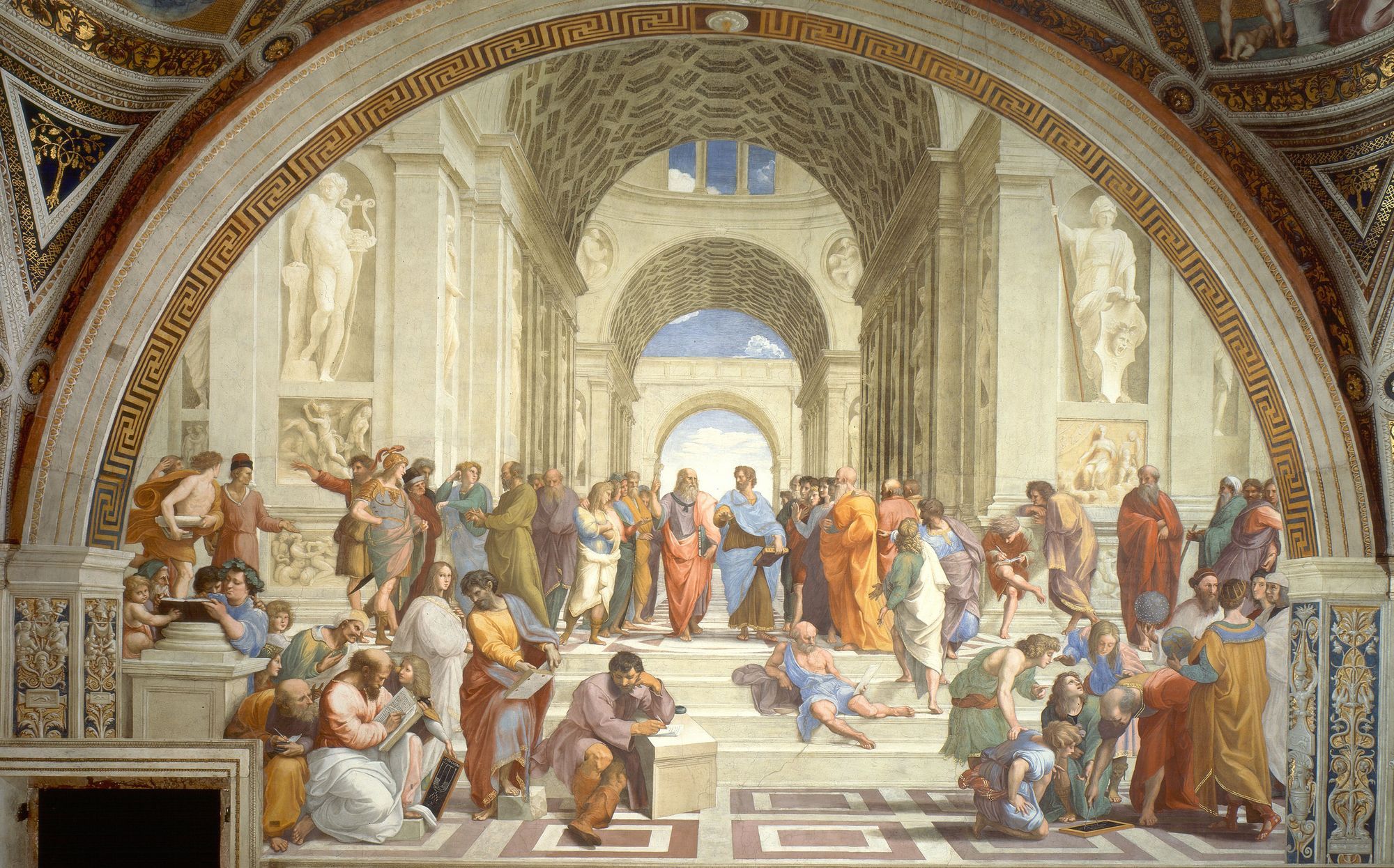
Alongside da Vinci and Michelangelo, Raffaello Sanzio da Urbino, more commonly known as simply Raphael, is known as the third of the great master artists of Renaissance Italy. He was born in 1483, and his works were extremely influential even during his lifetime.
While Raphael only lived to the age of 37, he produced a huge number of works including paintings, frescoes, prints, and more. One of his most famous works is The School of Athens, a classic example of Renaissance art and culture in general, which frequently referenced Roman and Greek antiquity.
4. Donatello
Born c. 1386, died December 13th, 1466 (approx. age 80)
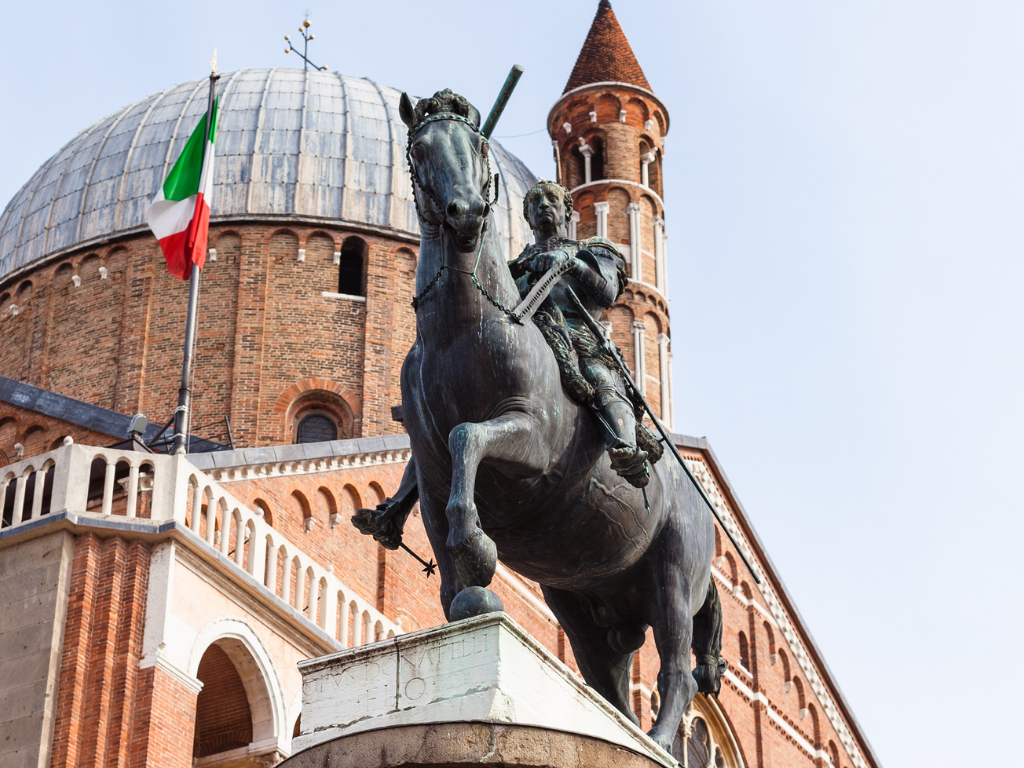
Born in Florence, Donato di Niccolò di Betto Bardi, or Donatello, hailed from the period now known as the early Renaissance and preceded the others mentioned here. Donatello was a sculptor and a prolific master of many mediums including stone, bronze, wood, stucco, clay, and wax. The realism he was able to create marked a stark break from the stiff, un-lifelike statuary common in the Middle Ages.
One of his most famous works depicts Saint Mark and was completed in 1413 for a church in Florence where it can still be viewed today. According to legend, Donatello modified the proportions of the statue, making the head and shoulders larger to compensate for its final elevated position.
When the statue was first revealed (at ground level), Donatello’s employers protested and the sculptor agreed to make adjustments. Then, the legend goes, he waited 15 days without making any modifications (during which time the statue was raised to its final position). His employers were satisfied: the proportions looked right.
Learn more about famous Renaissance artists and world history
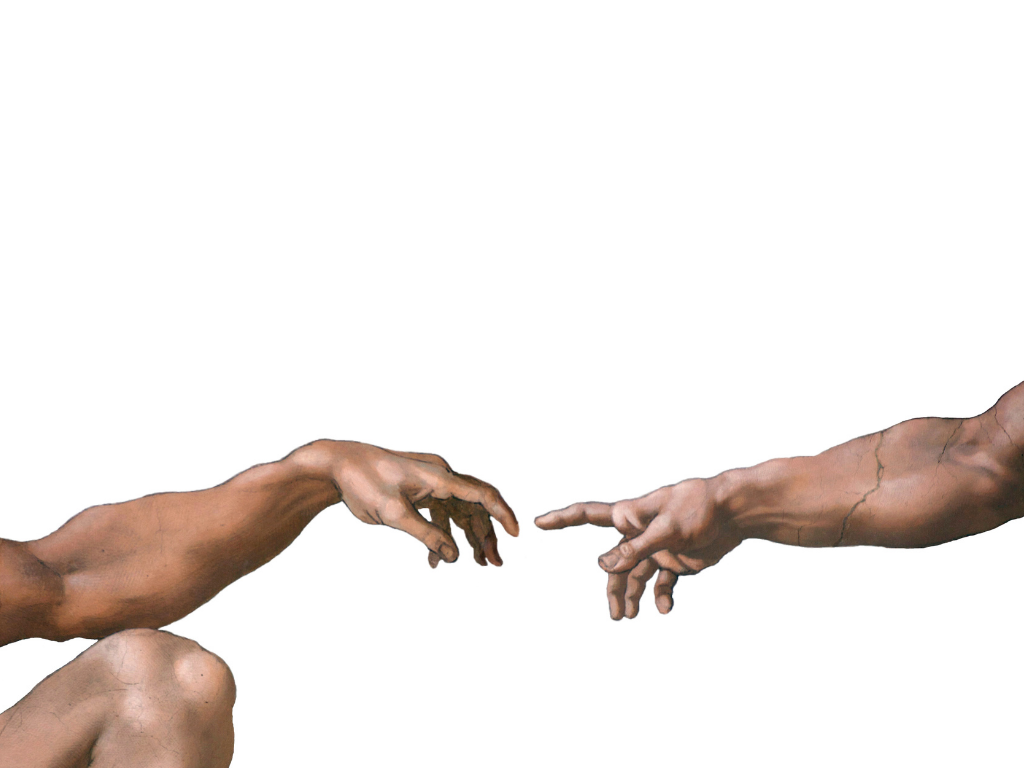
So, there you have four of the most famous Renaissance artists (and Ninja Turtles). Understanding these important movements (and works) really does bring us closer to understanding our evolution as a culture.
And, remember, if you're excited to bank this knowledge permanently, check out Brainscape's certified Knowledge Rehab class. Through a multi-year project involving hundreds of students, teachers, professors, and experts from different fields, Brainscape has compiled this critical base set of knowledge across a huge range of subjects.
So, whether you want to review the famous artists in our art deck, or brush up on the sciences, pop culture, and entertainment (to nail your next pub quiz), check out our certified Knowledge Rehab class. And for thousands' more flashcards on art and art history, check out Brainscape's collection of user-generated flashcards.
